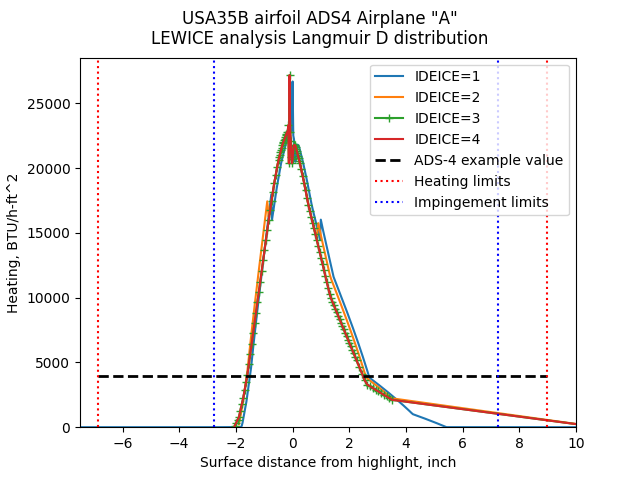
Public domain image by Donald Cook.
Prerequisites
You need to have completed Anti-Ice Heat Required Calculations.
Introduction
Here, we will see that the values calculated by a multi-node analysis in LEWICE are comparable to the values calculated previously.
Running LEWICE for anti-icing calculations involves (necessarily) more complex inputs. The user has to select which set of external heat transfer assumptions to use. The detailed output files require post-processing to extract the total heat required value.
Discussion
The LEWICE manual describes "deicer" cases that also may be used for
anti-ice heat requirement analysis.
An input is the "IDEICE" value in the case.inp file.
By default, this is 0, and an unheated surface ice analysis is performed.
However, with IDEICE > 0, ice protection analysis is performed,
as detailed in a cased.inp file.
A key input in that file is ievap, which for the cases below is set to
ievap=1 …







 Standard weights and other measurements in use.
Standard weights and other measurements in use. 






